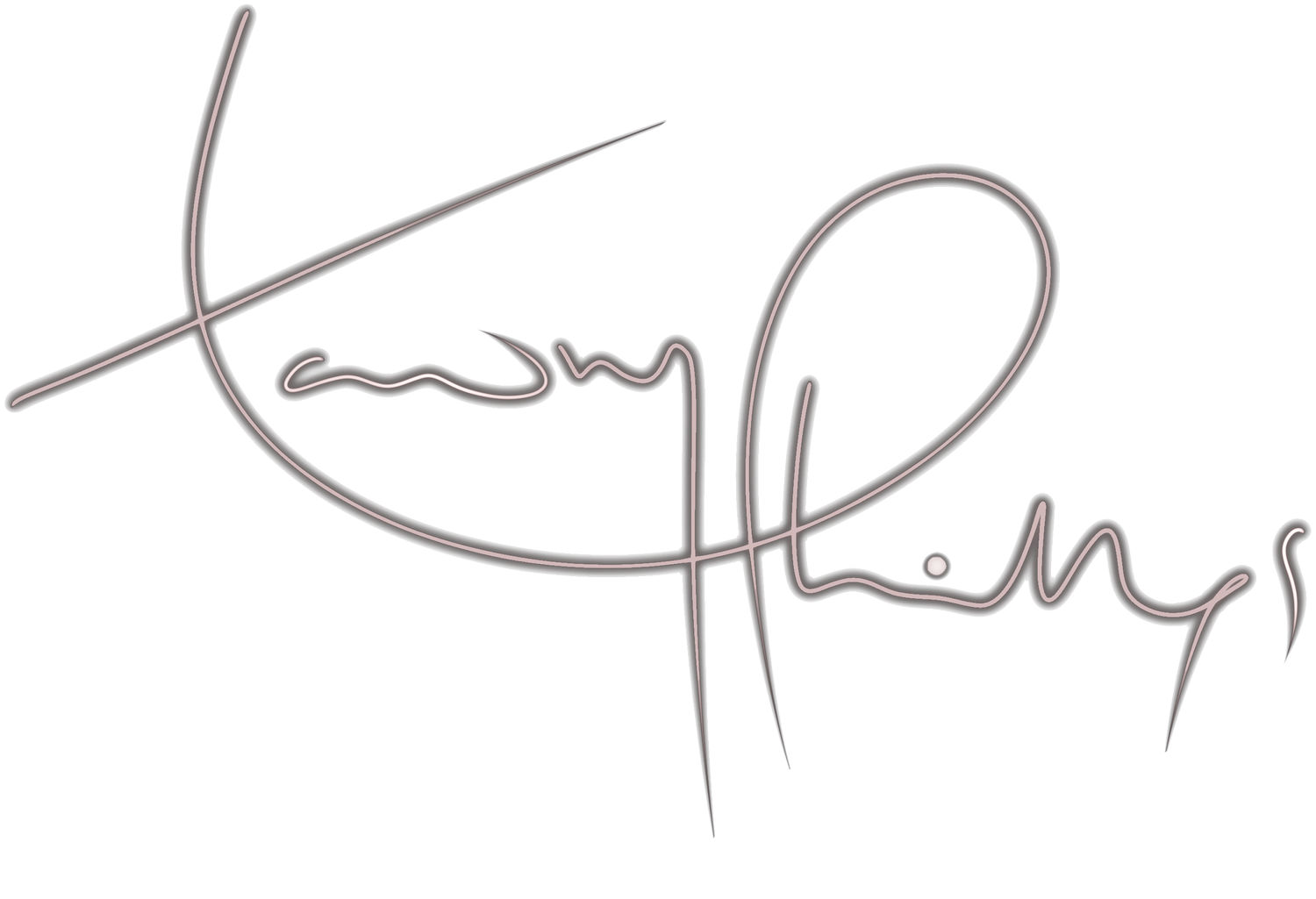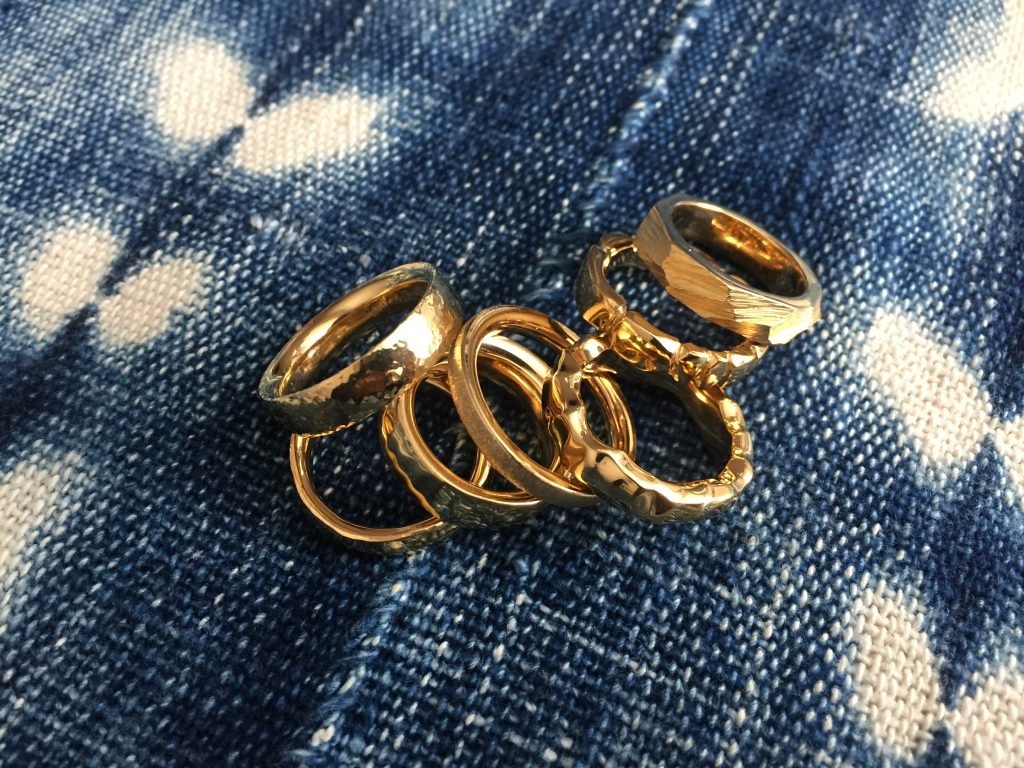All About Gold
Graded by carats
The different types of golds used in wedding rings are graded by a unit of purity called a carat. With the exception of 24 carat gold which is the purest form of gold, all other carats of gold are a mixture of metals which form an alloy
One carat is one 24th of the whole as 24 carat gold is pure gold. As pure gold is too soft to work with it’s mixed with varying amounts of other more durable metals to form 18, 14 and 9 carat golds
Pure gold
One carat is one 24th of the whole as 24 carat gold is pure gold. As pure gold is too soft to work with it’s mixed with varying amounts of other more durable metals to form 18, 14 and 9 carat golds. The larger the percentage of gold the higher the carat.
18 carat gold
This contains 75% gold, and is subsequently hallmarked with a 750 fineness mark. 18 carat gold has the most superior colour of all the carats and if you are looking to have a yellow gold wedding band I would recommend 18 carat yellow gold as it has a warm deep golden radiance. It is also a very strong and durable metal so perfect for men’s wedding bands, especially if contemplating a slim wedding ring design. 18 carat will be the costliest gold as it is the purest suitable for making jewellery
14 carat gold
Contains 58.5% pure gold and is hallmarked with a 585 fineness mark. It is my personal favourite as it combines a warm yellow glow with a hard, durable consistency and a reasonable price.
9 carat gold
Contains 37.5% pure gold, so is hallmarked with a 375 fineness mark. It is affordable and strong. Due to the lower gold content, 9 carat yellow gold’s colour is compromised and is far paler than 14 or 18 carat yellow gold. Due to a high quantity of other metals in this alloy it is considered to be a very hard gold.
Assay hallmarking
The mark of quality that issued by the London Assay Office All precious jewellery that is made for sale in the UK has to be struck with a hallmark as proof of quality.
Understanding Assay markings
Traditionally your finished ring will be struck on the inside with five pieces of information
• the jeweller’s initials
• a symbol of fineness of the metal (for gold this is a crown)
• a number showing the percentage of gold in the alloy
• the symbol showing which assay office has hallmarked the piece (if in London this will show a leopard’s head
• a letter representing the year of hallmarking
The colours of gold
Gold is available in white, rose and yellow. All these colours vary slightly depending on the carat. The higher the carat you go, the more pure gold is present in the alloy and the more golden the colour will be regarding yellow and rose golds.
White Gold
White gold is typically rhodium plated once the design is finished. Rhodium comes from the platinum family and provides an extra layer of strength to your white gold ring as well as a crisp chrome white finish. White gold is plated with rhodium due to the slightly dark natural colour of 14 and 18 carat white gold.
Rhodium plating
I tend not to use rhodium plate unless requested, as it will wear off and need re-plating after a while. This works well on smooth pieces, but as so many of my designs feature hammered or hand-carved textures rhodium plating is unsuitable as it will be liable to wear off more quickly on the high parts of the texture. I prefer to leave it un-plated and I think the colour is really lovely. I have samples at my studio which you can see if you would like to compare gold colours
Rose Gold
If you prefer a strong coppery rose gold I recommend either 9 carat for heavy pieces and 14 carat for finer styles. They are both beautiful rose colours. 18 carat rose gold tends to have a strong yellow tone to it
Yellow gold
If you are seeking a strong yellow gold then nothing will beat the stunning colour of 18 carat yellow gold. This works brilliantly with diamonds and finer designs that need brilliance of colour and strength
Gold and fashion
Gold colours come in and out of fashion. Lately I’ve seen a lot of people choosing matte finished rose gold, including men. Rose gold really suits pale skin well, as does white gold. If you have darker skin then you’re lucky – all golds will look great on your hand! When people are unsure which colour to choose I usually ask them what other jewellery they wear. If they have a silver watch and silver earrings then a white gold or rose gold wedding ring will work best. If their taste in jewellery is more towards yellow metals then yellow gold is the best choice.
Mixing Gold with other metals
Often people think that 9 carat gold is the hardest metal as it has less gold and a higher mix of other metals forming the alloy. This is not the case. Although pure 24 carat gold is too soft to work with the higher the percentage of gold in the alloy means the tougher the metal
Weight of gold
If I am making a heavyweight handcarved wedding ring then 9 carat gold is often a logical option as, with 14 carat and 18 carat golds which have a higher percentage of pure gold, this will increase both the expense and the weight of the ring
If you’re interested in facts and figures about every aspect of gold from mining to uses and recycling, more information can be found here https://www.gold.org/about-gold
Platinum
If you are looking for a really white wedding band then you will not better platinum. Platinum is a dense, heavy metal suiting fine styles better than very chunky heavyweight styles as the weight can become uncomfortable and price even more so! A lot of men choose platinum for plain or simply shaped wedding bands as it has an understated, sophisticated feel to it
Platinum does not tarnish or discolour and is extremely hardwearing and scratch resistant. It looks fantastic next to diamonds as it almost has a greyness to it which sets off diamonds to perfection
Palladium
Palladium is from the same family as Platinum. It is a bright white metal which suits men’s wedding bands very well, but comes without the weight and price of platinum. This is a good option when white gold is not white enough and platinum is either too expensive or heavy in weight for the design you would like made. When used in making wedding rings palladium takes a matte, textured or mirror polish finish perfectly







